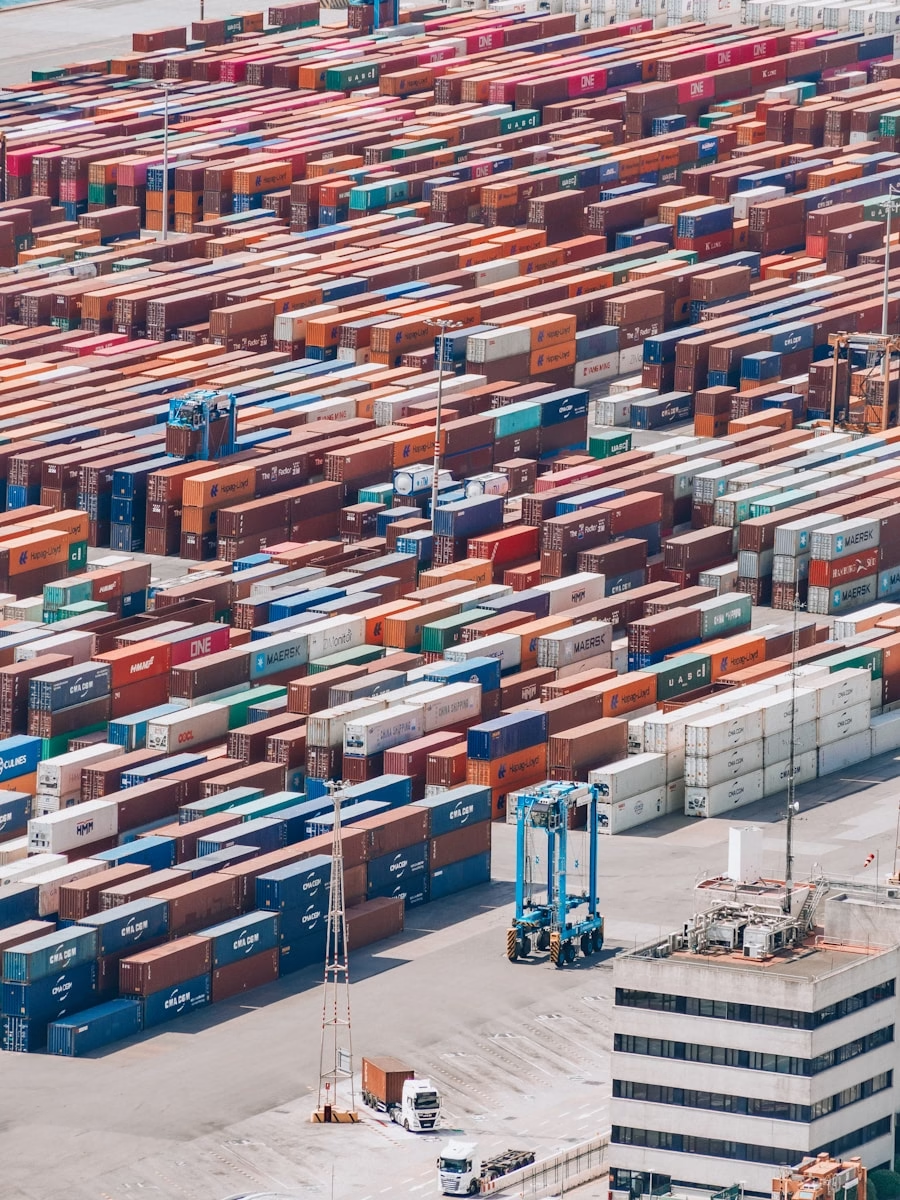Key Takeaways
• President Trump says his tariff plan has already made hundreds of billions for America.
• He argues many gains from the tariff plan are still uncounted.
• Some countries bulk-bought goods to beat new tariffs.
• Trump predicts tariff plan payments will soon skyrocket.
• Independent reports project lower revenue than promised.
Trump’s Tariff Plan Poised for Big Benefits
President Trump has claimed his tariff plan will soon pay off in a big way. He says the full benefit of charging fees on imports has not yet been added up. Trump argues America has already made hundreds of billions from tariffs. Yet he believes there is more to come.
How the Tariff Plan Works
Trump’s tariff plan puts extra fees on goods from other countries. When a nation charges these fees, importers must pay higher costs. In theory, buyers either pay more or stop buying. The extra money goes to the U.S. Treasury. This creates revenue for the government.
• First, tariffs raise the price of foreign products.
• Next, buyers might switch to American-made goods.
• Finally, the money collected boosts national funds.
Trump argues this plan also boosts national security. He says richer resources help America stay strong.
The Stockpile Strategy
According to Trump, some countries bulk-ordered goods before tariffs took effect. They tried to dodge fees by buying in large amounts early. In his words, they wanted to “stock up” and avoid tariffs in the short term. However, he claims that extra inventory is now running low.
As stockpiles thin, importers must face new fees. Trump predicts this will trigger a fresh wave of payments. He wrote that when inventory runs out, “tariffs will be paid on everything they apply to, without avoidance.” That means his tariff plan will boost revenues further.
Economic Projections Versus Reality
Trump rolled out his tariff plan in February. At that time, the administration projected huge gains. Yet recent reports show mixed results. The Congressional Budget Office estimates a deficit cut of $3 trillion. This falls short of early promises. In fact, one report suggests revenue could be $1 trillion less than projected.
However, Trump remains optimistic. He insists those numbers don’t count future gains from the tariff plan. He argues that many payments are still pending. Once they arrive, he says the revenue will break records.
Why Some Experts Doubt the Tariff Plan
Despite Trump’s claims, many economists warn of risks. First, higher import fees can drive up prices for American families. Second, trading partners may retaliate with their own tariffs. Third, businesses facing higher costs might reduce hiring or investment.
For example, a U.S. farm that sells soybeans overseas could face new export fees. That might hurt its profits. In turn, local workers might lose hours or jobs. These factors could dampen overall economic growth.
What Comes Next for the Tariff Plan
Trump is awaiting a Supreme Court decision on related trade issues. He says a favorable ruling would ensure uninterrupted tariff collection. Then, he promises to “make America great again” with record-setting revenues.
Meanwhile, Congress and markets will watch actual revenue numbers closely. If payments do surge, the administration will claim a big win. If they lag, critics will highlight the gap between promise and performance.
Preparing for Changes
Businesses can take steps now to adapt to evolving trade policies. They might:
• Review supply chains to find lower-cost options.
• Negotiate long-term contracts to lock in prices.
• Explore new markets to reduce reliance on tariffed countries.
• Invest in automation to cut production costs.
For consumers, the key is to watch prices. If prices rise too fast, it might affect household budgets. Shoppers may need to compare brands or buy in bulk to save money.
Tariff Plan Outlook
To sum up, the tariff plan remains a central pillar of Trump’s economic strategy. He believes uncounted payments will soon push figures past record levels. Yet data so far shows only partial gains. As inventory buffers run out, new tariffs could indeed boost revenue. But higher costs and global pushback may offset some gains.
In the coming months, tariff plan results will shape debates in Washington. Will Trump’s bold claim of “unprecedented course” prove accurate? Or will real-world costs and retaliations dampen the impact? Only time and clear data will tell.
Frequently Asked Questions
What exactly is a tariff plan?
A tariff plan charges a fee on imported goods. It aims to raise government revenue and encourage buying U.S.-made products.
Why does Trump say benefits remain uncalculated?
He argues that many importers stockpiled goods early. Once those supplies run out, tariff payments will surge, he says.
How could tariffs affect consumer prices?
Tariffs raise costs for importers. Those businesses often pass extra fees to customers, making everyday items pricier.
What might trading partners do in response?
They could impose their own tariffs on U.S. exports. This may hurt American farmers and manufacturers.

